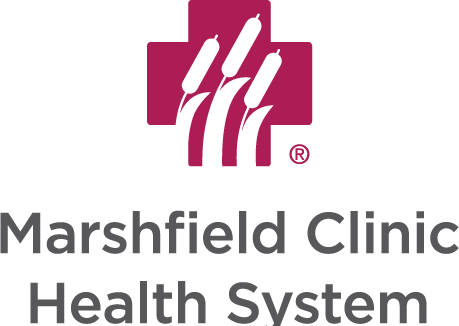Women’s Imaging Services
- DEXA bone densitometry
- Breast MRI
- Breast Ultrasound/ Ultrasound Guided Biopsy
- Ductography
- MRI Guided Breast Biopsy
- Digital 3D Mammography
- Hysterosalpingogram (HSP)
- Stereotactic breast biopsy and needle localization
- Pelvic congestion syndrome treatment
- Chronic pelvic pain interventions
- Uterine Fibroid Embolization (UFE)
- Galactography
- Varicose Vein Treatment
- Ultrasound
- OB Ultrasound
- Pelvic Ultrasound
- Breast Ultrasound
- Ultrasound Guided Breast Biopsy
- Ultrasound guided cyst aspiration
- Stereotactic Biopsy
- Breast Tomosynthesis
3D Mammography
Wheaton Franciscan Healthcare in partnership with Milwaukee Radiologists Ltd., S.C. offers women the very latest technology in detecting early stage breast cancer: 3D Mammography. 3D Mammography (also called Tomosynthesis) converts digital breast images into a stack of very thin layers, or “slices,” that produce a three-dimensional image to help the radiologist look even closer at breast tissue than ever before.
3D mammography offers all women a new level of detection and peace of mind.
Mammogram Screening Guidelines & Timeline
Women 40 and Older
Women 40 and older should have a screening mammogram (and a clinical breast exam) every year. This is the recommended screening test for the early detection of breast cancer. A mammogram is able to reveal tumors at their earliest, most treatable stage when they may be too small for you to feel.
Having a mammogram every year allows the radiologist (a doctor who reads and interprets digital and x-ray images) to compare your images from year to year and to look carefully for any changes that could reveal a problem. You should also routinely perform a self breast exam to know how your breasts normally feel; promptly report any changes to your health care professional.
Women Under 40
- Clinical breast exam by a health care professional every three years
- Monthly self breast exam to know how your breasts normally feel; promptly report any changes to your health care professional
Women Under 40 Who are at High Risk
- Talk to your health care professional about when to begin screening mammograms
- Your recommendation will depend on your personal risk factors
- Clinical breast exam by a health care professional every three years
- Self breast exam to know how your breasts normally feel; promptly report any changes to your health care professional
The Mammogram Experience
Tips to Best Prepare for a Mammogram
Preparation for your mammogram is simple. There are no special procedures or diets. Here are some suggestions that may make the process more efficient and comfortable:
- If you are pre-menopausal, scheduling your mammography directly AFTER your period may eliminate unnecessary discomfort.
- On the day of the examination, please do not use any deodorant, perfume, powder, ointment or lotion of any sort in the underarm or breast area. Residue on the skin from such preparations can interfere with mammogram imaging.
- You may find it more convenient to wear a blouse with a skirt or pants, rather than a dress. If your last mammogram was done at another facility, it is important for the radiologist to have those comparison examinations.
- If you are able, we ask that you call the previous facility and make arrangements for them to have the previous films and reports sent to us. Or let us know and we can assist you!
What is it Like to Have a Mammogram?
While you stand, the technologist helps you place your breast on a small, adjustable platform. Then, gentle but firm compression is applied to the breast to spread out the breast tissue. This helps ensure a clear picture using minimal radiation. Typically, two images are taken of each breast – one from the top and one from the side. The highly skilled mammography technologists are specially trained in the latest techniques and are sensitive to your comfort throughout your mammography experience.
For most women, mammograms are painless; even so, it is recommended that you schedule your mammogram the week after your menstrual period when your breasts are less likely to be tender.
Learning Your Examination Results
After the technologist completes the mammogram, the radiologist will review the images. A report of the results will be sent to your primary care physician and you will also receive a letter in the mail with your results.
What if Your Mammogram Shows a Problem?
If your mammogram results show something abnormal, please remember that 90% of lumps or other abnormal findings are benign (not cancer). If the radiologist believes more diagnostic testing would be beneficial, they will advise you and your referring physician to help coordinate care.
Services include:
- Computer-assisted detection
- Comprehensive breast ultrasound services
- MRI for breast imaging and biopsy
- Minimally invasive breast biopsies (ultrasound and stereotactic)
- Image-guided breast biopsy and stereotactic breast biopsy
- Breast care nurses
- Multi-disciplinary breast care team
- Oncology patient navigators
- Breast health nurse
- PET/CT scan
To learn more about Breast Mammography visit www.radiologyinfo.org




